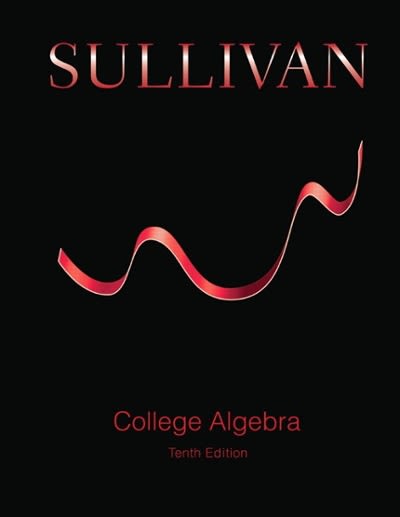Answered step by step
Verified Expert Solution
Question
1 Approved Answer
See attached I L7 1' V U PSYNS I AmmdM Egon. Fli D MonanUiiiveimy Indianapolis PERFORM A CHI-SQUARE GOODNESS 0F FIT: The Hoosier Lottery
See attached

Step by Step Solution
There are 3 Steps involved in it
Step: 1

Get Instant Access to Expert-Tailored Solutions
See step-by-step solutions with expert insights and AI powered tools for academic success
Step: 2

Step: 3

Ace Your Homework with AI
Get the answers you need in no time with our AI-driven, step-by-step assistance
Get Started


